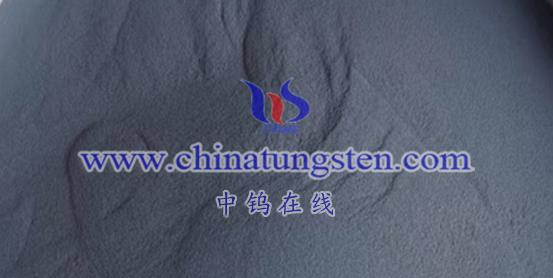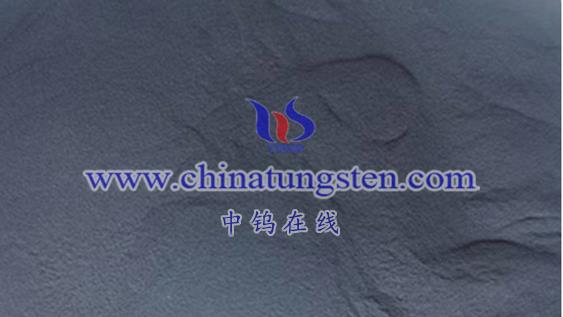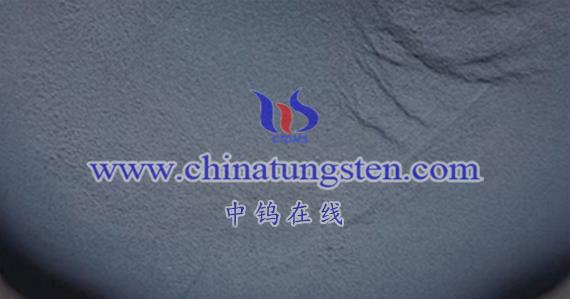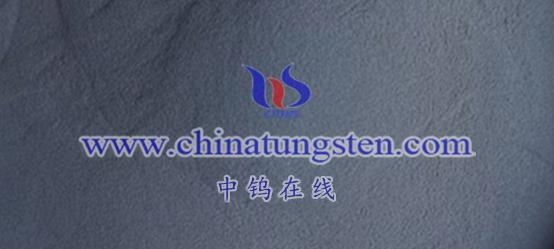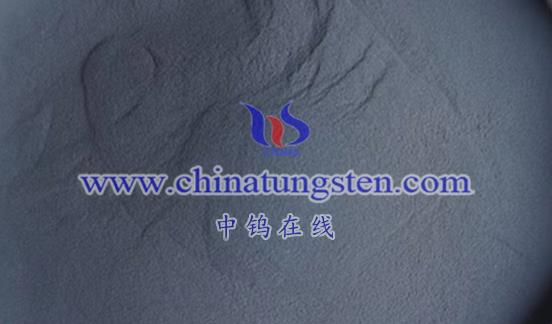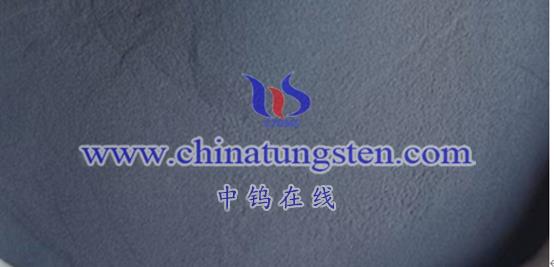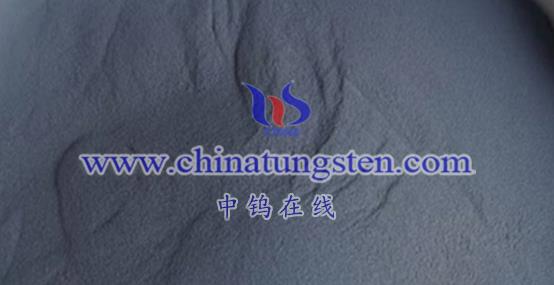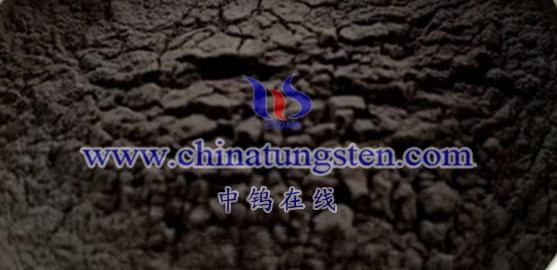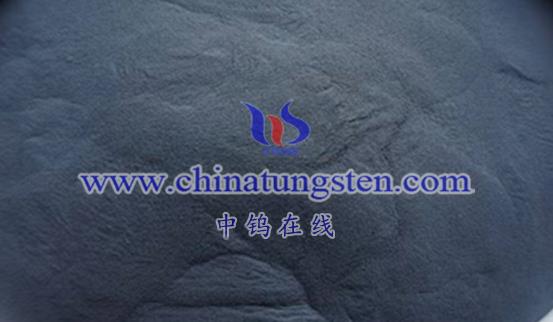
Tungsten oxide nanoparticles, particularly tungsten trioxide (WO3), have a wide range of applications in environmental fields. Here are some of the main applications:
- Photocatalytic Applications
- Water Splitting for Hydrogen Production
Tungsten oxide nanoparticles possess excellent photoelectric properties, allowing them to decompose water into hydrogen gas under illumination. This characteristic makes WO3 a promising candidate for water-splitting applications, providing new pathways for renewable energy development. - Photocatalytic Degradation of Organic Pollutants
WO3 can also be used for the photocatalytic degradation of organic pollutants. Under light exposure, tungsten oxide generates photo-induced electrons and holes, which can react with water or dissolved oxygen to form highly oxidative free radicals. These radicals can then degrade organic pollutants into harmless substances, making this technology significant for water pollution remediation.
- Gas Sensing Applications
- Gas Sensors
As an n-type semiconductor, tungsten oxide nanoparticles exhibit excellent gas sensitivity, making them suitable for constructing gas sensors. These sensors can detect various toxic gases in the environment, such as CO, CH4, NOx, SO2, NH3, and H2.- Environmental Monitoring: WO3-based gas sensors can be used in combustible gas leak detection alarms and humidity sensors.
- Domestic Applications: They can detect leaks from domestic fuels such as natural gas, liquefied petroleum gas, and city gas.
- Industrial Applications: In the petrochemical industry, WO3 sensors can monitor toxic gases like carbon dioxide, nitrogen oxides, and sulfur oxides.
- Air Purification
- Photocatalytic Air Purification
Tungsten oxide photocatalysts can utilize atmospheric water vapor and oxygen under greenhouse conditions to remove pollutants such as nitrogen oxides, sulfides, and various odors from the air. This technology is crucial for improving indoor air quality and reducing atmospheric pollution.
- Other Environmental Applications
- Water Treatment
WO3 can be employed in water treatment processes to remove harmful substances via photocatalytic reactions, thereby improving water quality. - Biodegradation and Bioremediation
Its excellent biocompatibility and bioactivity allow tungsten oxide nanoparticles to have potential applications in biodegradation and bioremediation, which can help restore contaminated environments.
Conclusion
Tungsten oxide nanoparticles hold significant promise in environmental applications due to their outstanding photoelectric properties, gas sensitivity, and catalytic performance. These features offer innovative strategies and methods for environmental protection and pollution control. As technology progresses and research deepens, the applications of tungsten oxide in environmental fields are expected to expand and optimize further.
More details of tungsten oxide product, please visit website: tungsten-oxide.com
Please contact CHINATUNGSTEN for inquiry and order of tungsten oxide:
Email: sales@chinatungsten.com
Tel.: 86 592 5129595
